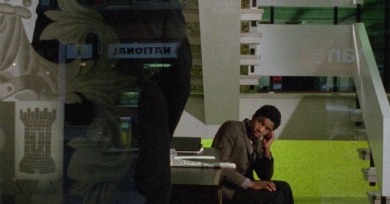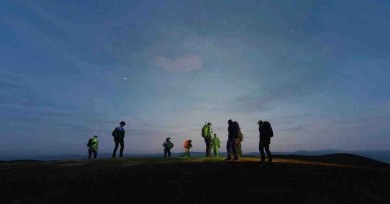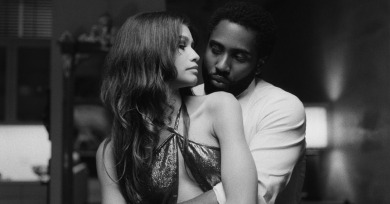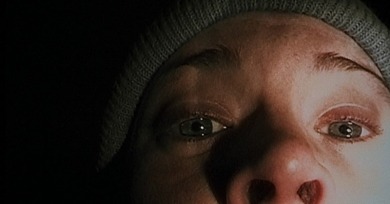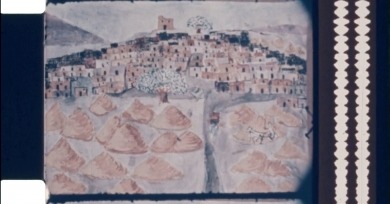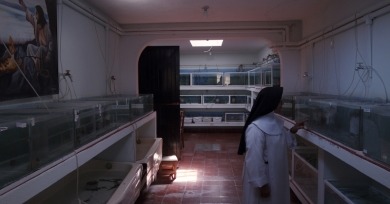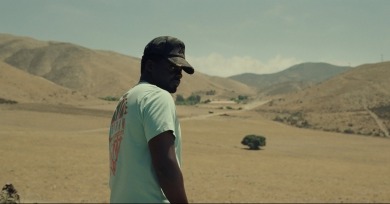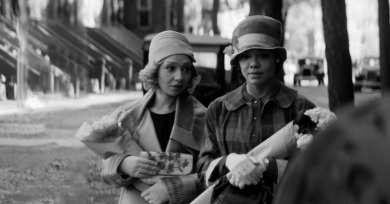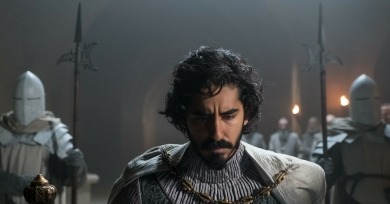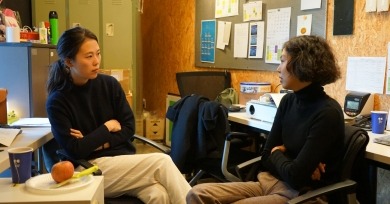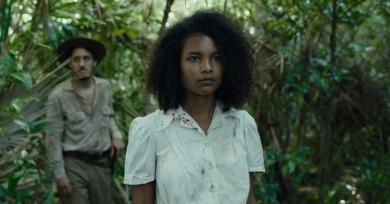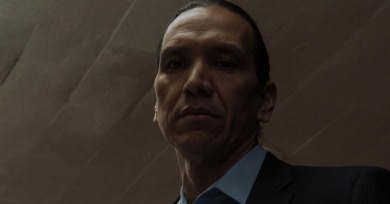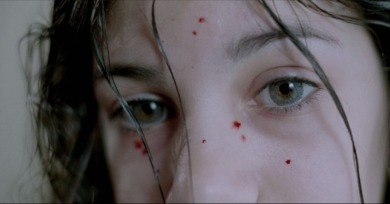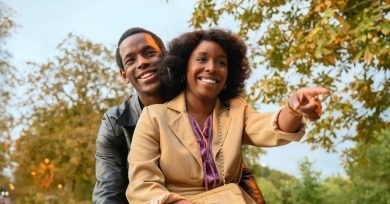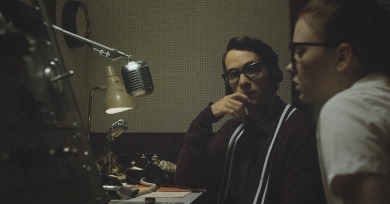Nicholas Russell
The narrative framing echoes that of Lake Mungo and other mockumentaries, the events having already taken place, the yarn unspooled by an unseen director and editor, with the found footage elements appearing less as real-time documentation than forensic evidence.
The film is a digressive, musically driven bildungsroman told through a series of vignettes that glimpse slivers of contemporary West Indian British life. Ové shoots London as alternately drab and vibrant.
The audience sees engine-rendered vistas shot like B-roll, in-game interviews with players staged as talking heads, the physical limitations and cinematographic mores of real-life filmmaking transposed onto the lightweight, untethered physics of a video game.
This is a common trap for many marginalized writers seeking to prove themselves as serious and distinctive, the desire to react to media poised to be controversial or otherwise noteworthy with a mind toward showcasing personal offense rather than marshaling critical precision, and ultimately being subsumed into the raising of that media’s profile.
It seems a mistake to retroactively graft the now-vaunted legacy of The Blair Witch Project onto the final product . . . the believability of fictionalized found footage has never only had to do with the question of what an audience knows going in.
The documentary functions as a living archive, a collection of 20 films made between 1964 and 1982 reporting, commenting, and philosophizing on the Palestinian struggle.
Nominally, A Common Sequence is a documentary, though, threading together meditations on colonialism, environmental degradation, capitalism, labor and immigration, machine learning and AI, DNA harvesting and genomic manipulation, the film adopts a nonlinear, almost impressionistic approach.
It is a movie about making movies at the same time that it is a movie about how we consume them. It is a somber commentary on the ways black people try to grasp greased rungs on a ladder to temporary success while also an indictment of the ways people of color try to mold themselves into torturous shapes in order to fit in.
Released in August 1981, it would be a turning point for special effects and for creature narratives in the coming decades, where the grotesque and profane meld together into something a little snide and ironic.
Only through objects, through invitation, through some sort of channel, can evil gain access. And rather than reduce an audience’s capacity for fear, dolls exaggerate it. They’ve become a cinematic shorthand for the uncanny.
Who is watching and who is being watched are questions that merit serious scrutiny, and the answer to each reveals how much or little understanding of the situation at hand there is.
The Green Knight invites authorial skepticism, searching through hundreds of years of English folklore and literature to arrive at something altogether more slippery yet truthful about how narrative bends to serve its master.
Note the staging of his scenes here, how people almost always have some physical object between them as they share increasingly intimate details about their lives, or how that physical object, like a plate of freshly cut apples, can be used to close distance in the presence of silence.
Tragic Jungle is best approached with fairy-tale logic in mind. Olaizola hints at the possibly supernatural nature of the transformation of Agnes by vacillating between the perspectives of the chicleros and their leader.
There was a fair amount of expectation for this year’s Midnight selections to contain the next iteration of meaningful, shocking, or gossip-inspiring titles that could also be talked about as layered, complex examinations of real-world issues.
This year there wasn’t as much awkwardness in the form of glitchy, poorly synced Zoom interviews, as one might have expected, though the same can’t be said for the sometimes verbose, overly grave ways that some filmmakers talked about their projects.
Seriousness is often likened to pretentiousness, which is often a sort of veiled criticism, at least when talking about movies. It qualifies everything a given film isn’t (fun, humorous, irreverent), while also overstating what the movie actually does or tries to be.
A Few Great Pumpkins
Pulse, Host, Brain Damage, Let's Scare Jessica to Death, The Velvet Vampire, Deathdream, The Devil and Daniel Webster
McQueen toggles between fiction and historical recreation, while attempting to imbue nuance and depth to his depiction of black life in a London West Indian community.
The Vast of Night is a riff by debut filmmaker Andrew Patterson on black and white nostalgia, featuring quippy fast-paced conversations and a fondness for the hand-built and the hand-cranked.

